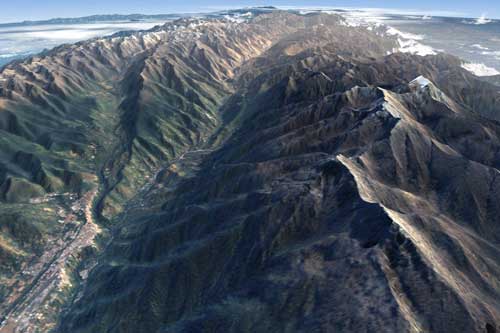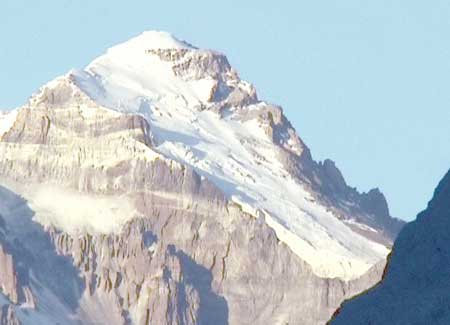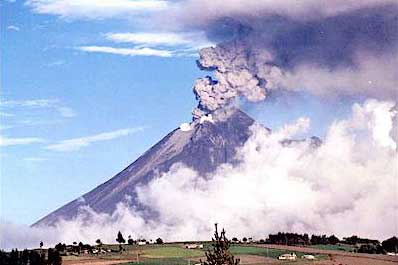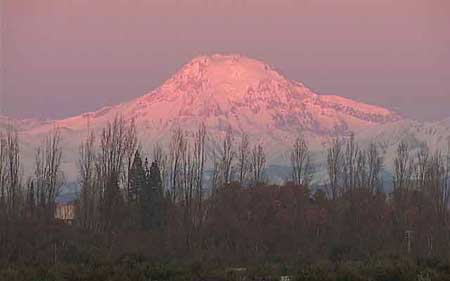The Andes Mountain Range in South America is the longest mountain range in the world. It runs alongside the Pacific Ocean, starting in the north from Trinidad Island and extending south to Tierra del Fuego, spanning approximately 9,000 kilometers. The Andes traverse seven countries: Venezuela, Colombia, Ecuador, Peru, Bolivia, Chile, and Argentina.
The majestic Andes boast an average elevation of 3,900 meters, with numerous peaks exceeding 6,000 meters, the highest being Aconcagua at about 6,964 meters.

The Andes Mountain Range (Photo: 3dnworld)
The Andes were formed relatively late in geological history. They are located within the Pacific Ring of Fire, an area characterized by frequent earthquakes and volcanic activity. The Cotopaxi volcano in the northern Andes is known for its violent eruptions. Tupungato, standing at 6,800 meters, is the highest active volcano in the world. Aconcagua is the highest inactive volcano globally. The southeastern slopes are home to many modern glaciers and glacial lakes, and numerous hot springs have been developed at the mountain’s base. During the day, the volcanic region is often shrouded in fluffy white clouds, while at night, the fiery glow lights up the sky, creating a breathtaking scene.
The Andes region is rich with dense forests and serves as a crucial water source for the Amazon River. It is also abundant in mineral resources, including oil, copper, tin, gold, and silver. Notable wildlife in this region includes llamas and zebras.

Aconcagua stands at approximately 6,964 meters and is the highest inactive volcano in the world.
(Photo: rogerwendell)

Cotopaxi Volcano in the northern Andes erupted violently in 2001
(Photo: codeso)

Tupungato, standing at 6,800 meters, is the highest active volcano in the world
(Photo: laslenas)




















































